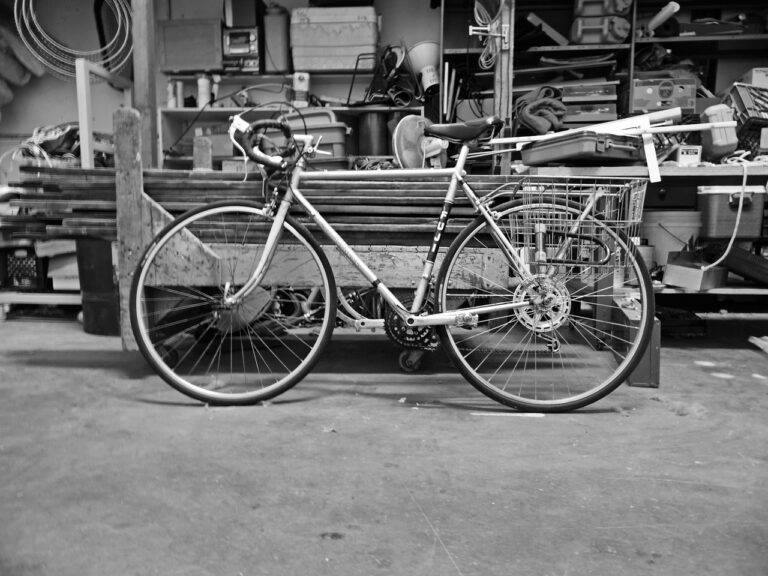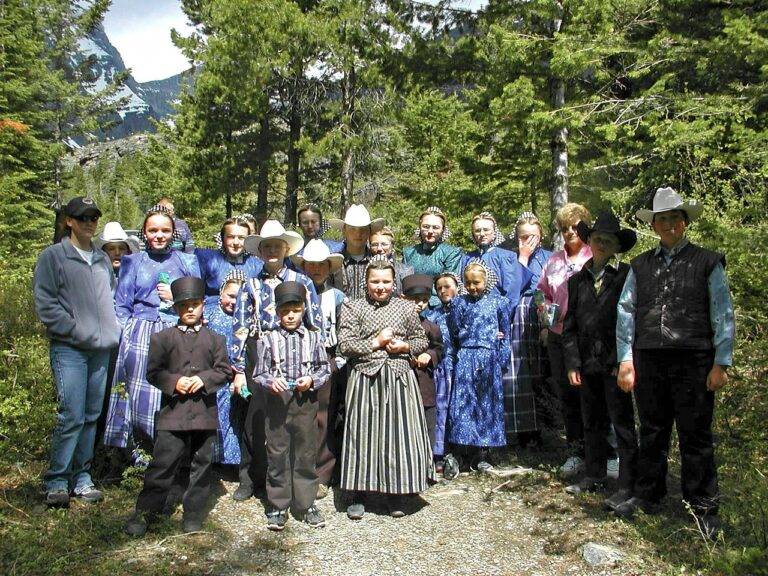Urban Farming: Growing Fresh Produce in Small Spaces
Urban farming offers a plethora of advantages for both individuals and communities. One of the primary benefits is the promotion of local food production, which helps reduce the reliance on long-distance transportation and minimize the carbon footprint associated with conventional agriculture. By growing fruits, vegetables, and herbs in urban areas, residents have access to fresh and nutritious produce right in their neighborhoods.
Furthermore, urban farming plays a significant role in enhancing food security by increasing the availability of affordable and healthy food options in underserved communities. This practice empowers individuals to take control of their food sources and live a more sustainable lifestyle. Additionally, urban farming can foster a sense of community and connection among neighbors, as they come together to cultivate shared green spaces and support one another in their food production efforts.
Challenges of Growing Produce in Small Spaces
Growing produce in small spaces poses several challenges for urban farmers. Limited space often restricts the types and quantities of crops that can be grown, potentially limiting the diversity of the harvest. In small urban areas, sunlight may be blocked by tall buildings or overshadowed by other structures, making it difficult to provide adequate light for plants to thrive.
Additionally, small spaces can hinder the usage of traditional gardening equipment and techniques, necessitating the need for innovative solutions. Urban farmers may need to get creative with vertical gardening, hydroponic systems, or container gardening to maximize their growing area efficiently. Despite these challenges, the benefits of growing produce in small spaces can outweigh the obstacles, providing fresh and locally sourced food for urban communities.
What are some benefits of urban farming?
Urban farming allows for fresh produce to be grown locally, reducing the carbon footprint associated with transportation. It also provides access to fresh, healthy food in urban areas where it may be lacking.
What are some challenges of growing produce in small spaces?
Some challenges of growing produce in small spaces include limited sunlight, limited space for crops to grow, and potential issues with pests and diseases due to close proximity to other plants.
How can I maximize space for growing produce in a small area?
To maximize space for growing produce in a small area, consider using vertical gardening techniques, such as trellises or hanging planters. You can also plant in containers or raised beds to make the most of your space.
What are some common pests and diseases to watch out for when growing produce in small spaces?
Common pests and diseases to watch out for when growing produce in small spaces include aphids, caterpillars, powdery mildew, and fungal infections. It’s important to regularly inspect your plants and take preventive measures to protect them from these issues.





